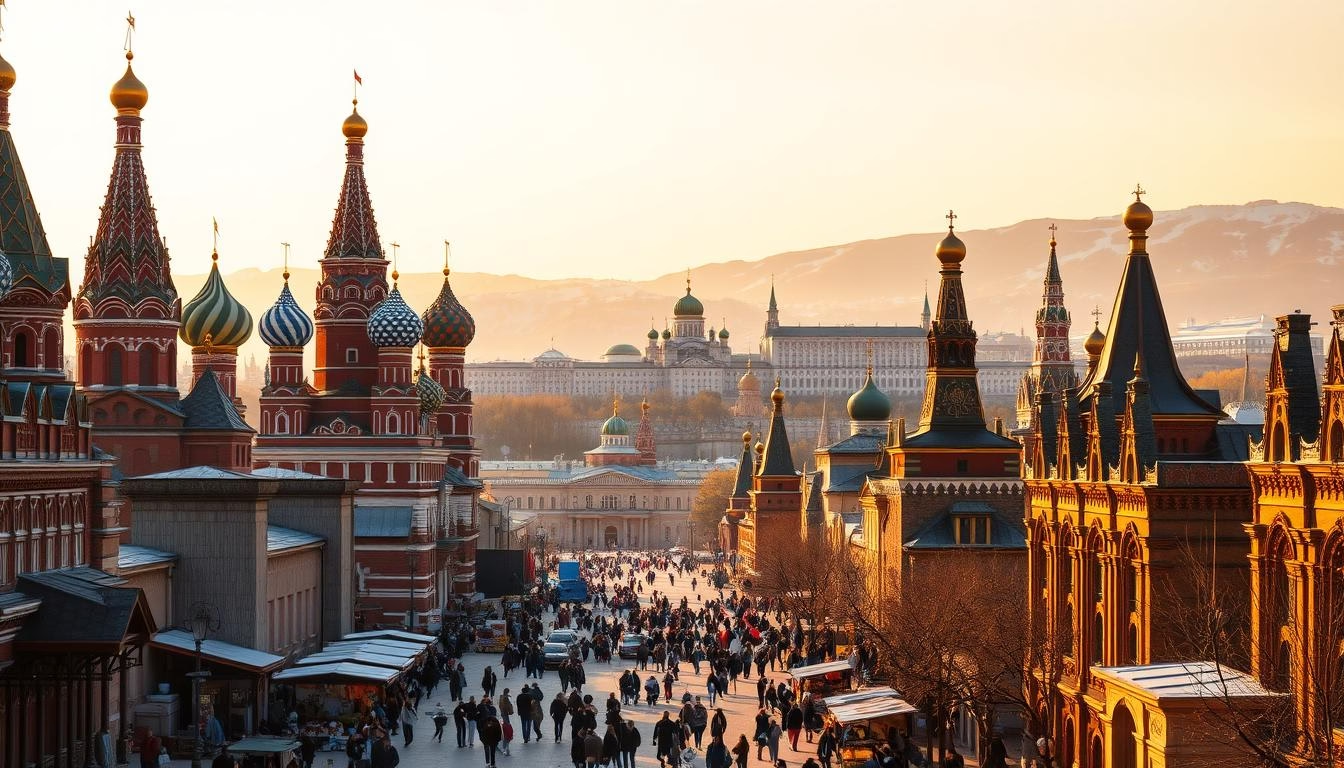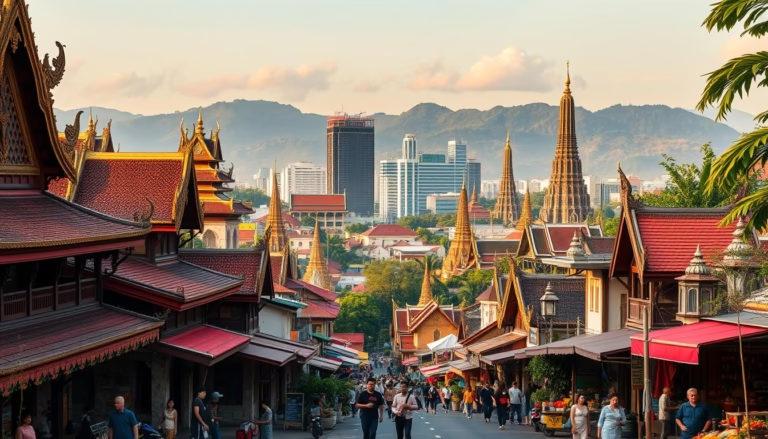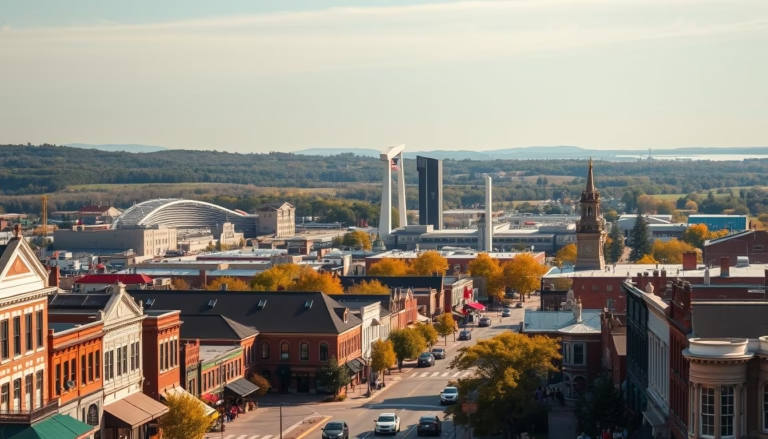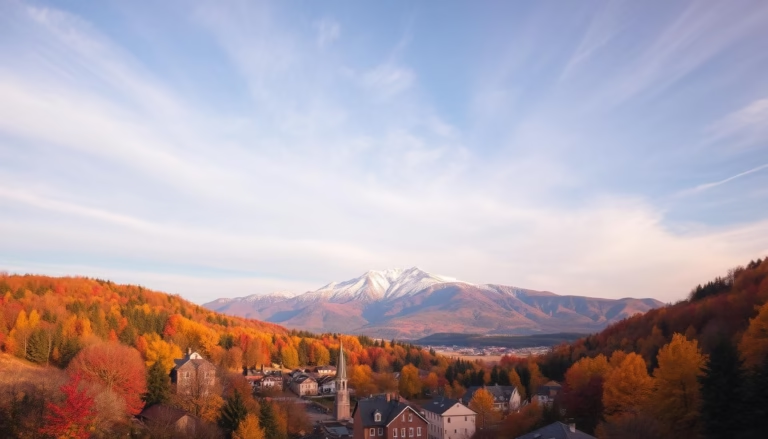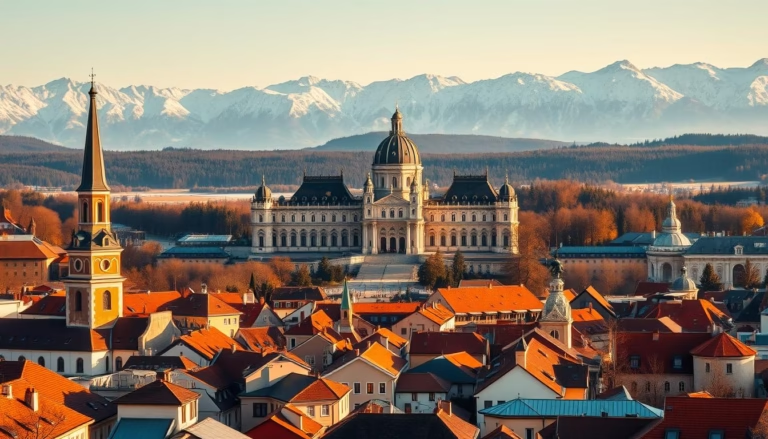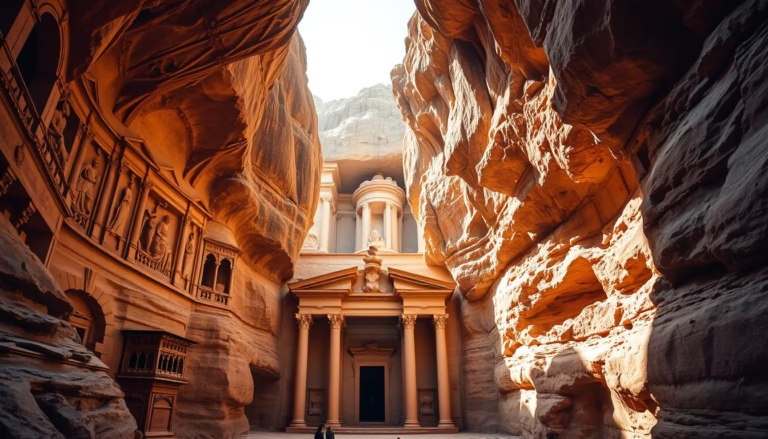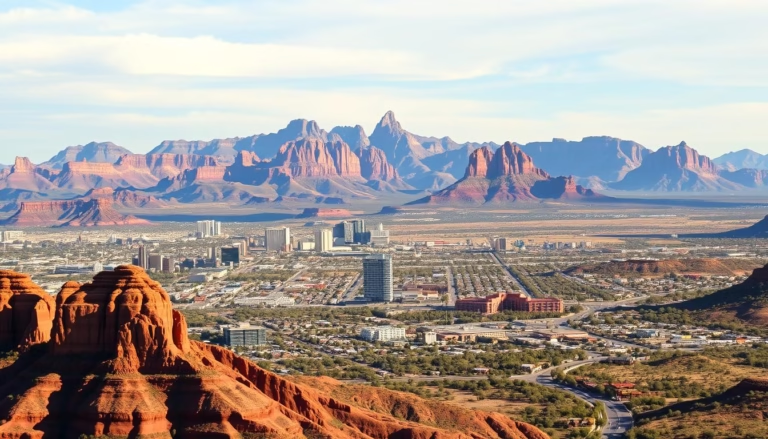Best Cities to Visit in Russia: Travel Guide
Did you know Russia’s total area exceeds Pluto’s surface size? This geographical giant holds architectural wonders older than the United States and wilderness areas larger than entire European nations. With 6.6 million square miles stretching from Europe to Asia, smart itinerary planning becomes essential for meaningful exploration.
Travelers face unique challenges here. Some UNESCO World Heritage Sites require week-long train rides to reach, while Arctic communities remain inaccessible for months due to extreme weather. Yet strategic city selection unlocks treasures ranging from gilded imperial palaces to avant-garde metro stations.
Our guide focuses on locations balancing cultural richness with visitor accessibility. You’ll discover urban hubs where medieval fortresses stand beside cutting-edge galleries, and where efficient transport networks connect diverse experiences. We’ve prioritized destinations offering English-friendly services while retaining authentic Russian character.
From the European-flavored streets of Saint Petersburg to the volcanic landscapes near Petropavlovsk-Kamchatsky, each recommended stop reveals different facets of this complex nation. You’ll learn how to maximize time between major attractions while discovering lesser-known gems frequented by locals.
Key Takeaways
- Russia’s massive size requires careful route planning to minimize travel time
- 10 key locations offer optimal cultural immersion and infrastructure
- Dramatic regional differences span Arctic tundras to subtropical coasts
- Transport logistics vary significantly between western and eastern regions
- Combining iconic sites with local favorites creates balanced itineraries
A Journey Through Russia’s Urban Gems
Two metropolises stand as pillars of Russia’s storied past and vibrant present. Moscow’s golden domes and St. Petersburg’s elegant waterways form perfect starting points for exploring the country’s layered identity. These urban centers blend imperial legacies with modern energy, offering experiences that range from awe-inspiring museums to lively pedestrian streets.
Moscow – The Heart of Russian History
As the nation’s capital, Moscow thrums with energy day and night. The crimson walls of the Kremlin watch over Red Square, where centuries of history echo through cobblestones. Don’t miss the kaleidoscopic domes of St. Basil’s Cathedral – they’re even more dazzling up close.
Beyond iconic sights, the city surprises with hidden courtyards and art-nouveau metro stations. Evening brings ballet performances at the Bolshoi Theatre, where curtain calls feel like time travel to tsarist eras. Locals swear by late-night bliny (pancakes) at 24-hour cafés near Arbat Street.
St. Petersburg – Culture and Imperial Grandeur
Russia’s “Northern Capital” floats on 42 islands connected by 800 bridges. The Hermitage Museum alone could fill three days, its galleries overflowing with Rembrandts and Fabergé eggs. Summer’s “White Nights” transform the city into an open-air festival under endless twilight.
Peter the Great’s maritime dream lives in the Gulf of Finland’s sea breezes. Take a canal cruise past pastel palaces, then explore Peterhof’s gravity-defying fountains. For a local secret, try Soviet-era espresso bars tucked between Neva River embankments.
Exploring the Best Cities to Visit in Russia
Step into a living storybook where onion domes pierce cobalt skies and wooden cottages whisper tales from the 12th century. Northeast of Moscow lies a chain of historic settlements forming Russia’s beloved Golden Ring circuit. This 500-mile loop transports travelers through medieval power centers that shaped the nation’s spiritual and political identity.
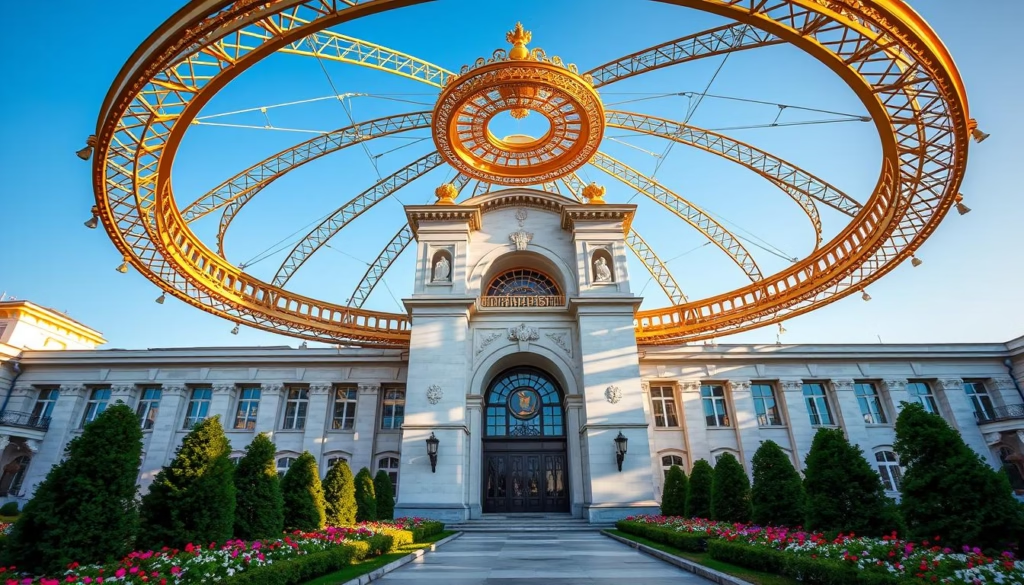
Golden Ring Treasures
Eight official towns anchor this route, each preserving unique architectural marvels. Suzdal stuns with its 40 churches and working monasteries, while Yaroslavl’s UNESCO-listed city centre showcases vibrant merchant mansions. Local guides often call Sergiev Posad the “Russian Vatican” for its towering Trinity Lavra monastery complex.
Practical exploration proves surprisingly easy. The closest towns sit just 70 miles from Moscow – perfect for day trips by car or train. Multi-city tours let visitors admire Vladimir’s golden gates before lunch, then photograph Kostroma’s Volga River promenade by sunset.
Beyond famous landmarks, discover artisan workshops keeping ancient crafts alive. Watch enamel jewelry makers in Rostov Veliky or try hand-painted zhostovo trays in Pereslavl-Zalessky. These places move at a slower rhythm, inviting travelers to savor cherry varenye jam in family-run tea houses.
Witness Russia’s Rich History and Cultural Landmarks
Russia’s landscape is dotted with urban centers where stone walls whisper tales of empires and revolutions. Three destinations stand out for preserving distinct chapters of the nation’s story while welcoming modern explorers.
Volgograd’s WWII Heritage
This city on the Volga River bears scars and triumphs from its wartime past. Local guides still call it Stalingrad when recounting the 1942-43 battle that changed World War II’s course. The Mamayev Kurgan memorial complex stuns visitors with its 279-foot Mother Russia Calls statue – taller than the Statue of Liberty’s figure.
Silence often falls over groups walking the Hall of Military Glory’s rotating eternal flame. Nearby, bullet-pocked buildings stand preserved as open-air history lessons. Evening river cruises offer peaceful contrasts to daytime memorial visits.
Veliky Novgorod: Birthplace of a Nation
Where Moscow’s Russian history began, Novgorod’s roots stretch back further. The 11th-century Saint Sophia Cathedral still rings its original bells, their echoes bouncing off red-brick kremlin walls. Archaeologists recently unearthed 800-year-old birch bark letters in the city center.
Don’t miss the Vitoslavlitsy Museum’s wooden churches relocated from nearby villages. These log structures showcase medieval craftsmanship that survived Mongol invasions and tsarist reforms.
Kazan – A Blend of East and West
Tatarstan’s capital proves Russia isn’t just onion domes and balalaikas. The white-stone Kremlin complex houses both an Orthodox cathedral and the dazzling Qol-Şärif Mosque rebuilt in 2005. Street vendors sell çäkçäk honey pastries beside shops offering traditional leather boots.
Locals celebrate 450+ years of cultural fusion during the Sabantuy harvest festival each summer. Try a horse-drawn carriage ride past Art Nouveau mansions before joining people dancing to accordion-Tatar folk music blends.
Experiencing Unique Natural Beauty and Modern Attractions
Russia’s vast terrain reveals unexpected contrasts – subtropical beaches and crystalline lakes coexist with frozen tundras. These destinations redefine expectations while showcasing the country’s ecological diversity.
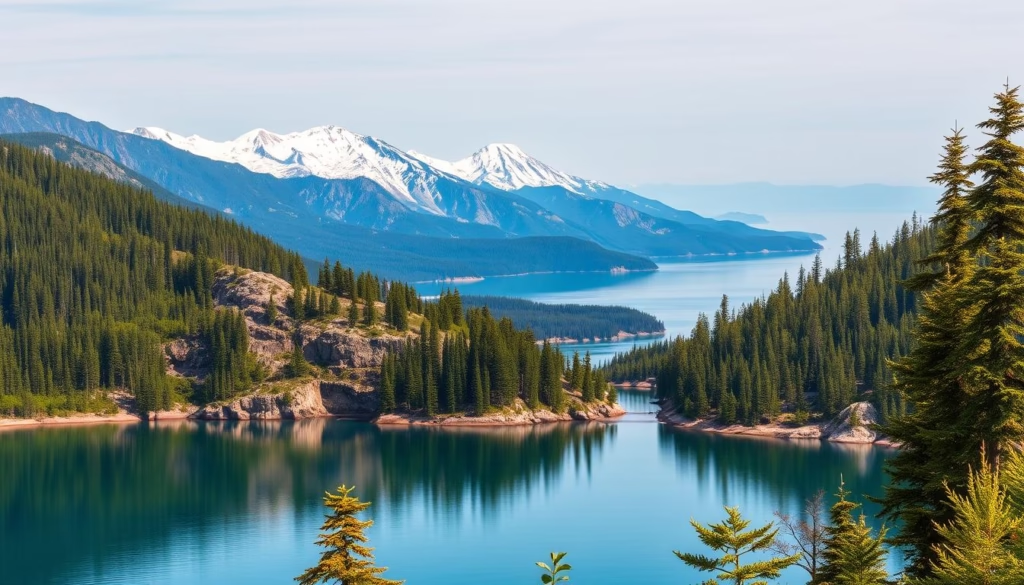
Sochi – From Winter Sports to Beach Escapes
This Black Sea city defies climate stereotypes with palm-lined promenades and year-round resort energy. After hosting the 2014 Winter Olympics, Sochi gained fame for blending snowy peaks and sunny shores. Visitors can ski Krasnaya Polyana’s slopes by morning and swim in summer-like warmth by afternoon.
Beyond sports, the area thrives as a wellness hub. Natural mineral springs feed luxury spas, while Riviera Park’s botanical gardens burst with Mediterranean flora. Evenings buzz with open-air concerts along Olympic Park’s illuminated waterfront.
Lake Baikal – Siberia’s Pristine Jewel
Containing 20% of Earth’s unfrozen freshwater, this lake stuns with 5,400-foot depths and visibility reaching 130 feet. Locals call it “Siberia’s Blue Eye” for its ever-changing hues. Over 2,500 species thrive here, including the freshwater nerpa seal found nowhere else.
Adventurers flock to Lake Baikal for seasonal extremes. Winter transforms it into a glassy highway for ice treks, while summer reveals hiking trails through pine forests. Base yourself in Listvyanka for quick access or stay on Olkhon Island to witness sacred Shaman Rock sunrises.
Traversing Legendary Routes and Hidden Gems
Russia’s iron threads and forest trails weave stories of endurance and discovery. For those craving slow travel and raw wilderness, two iconic paths deliver unforgettable encounters with the nation’s soul.
Trans-Siberian Railway Adventures
The Trans-Siberian Railway redefines epic journeys. Covering 5,772 miles over seven time zones, this train route reveals shifting landscapes through compartment windows. Upgrade to first-class for private cabins, or embrace local charm in kupe sleeper cars with four-berth compartments.
Smart travelers break the journey into segments. Spend two days exploring Yekaterinburg’s Romanov history, then three nights in Irkutsk for Lake Baikal side trips. Don’t miss Ulan-Ude’s giant Lenin head statue – it’s three times life-size!
Karelia and the Wild North
Near Finland’s border, Karelia’s 60,000 lakes mirror pine forests and granite cliffs. The islands of Lake Onega hide architectural marvels like Kizhi Pogost’s 22-domed church, built without nails in 1714. Local guides share Finno-Ugric legends around campfires during summer white nights.
Winter transforms the region into a snow globe wonderland. Join a husky sledding group or ice-fish on Ladoga Lake. Petrozavodsk serves as the gateway, offering cozy log cabins with traditional banya steam baths.
Conclusion
From imperial palaces to Arctic frontiers, Russia presents a mosaic of travel experiences. The country’s urban hubs blend UNESCO World Heritage sites with modern energy – think St. Petersburg’s gilded architecture meeting Moscow’s neon-lit theatre districts. Beyond the main cities, medieval towns preserve traditions in wooden churches and honey markets unchanged for centuries.
Nature lovers find equal wonder. Lake Baikal’s crystalline depths and Sochi’s summer beaches showcase Russia’s ecological extremes. History echoes through Kazan’s mosque spires and Volgograd’s wartime memorials, each telling distinct chapters of the nation’s story.
Smart planning unlocks these contrasts. Pair iconic sights like the Hermitage Museum with lesser-known gems. Consider seasons – winter transforms northern regions into snow kingdoms, while white nights illuminate St. Petersburg’s canals in June.
Whether you seek culture, wilderness, or living history, Russia’s diversity delivers. Let your interests guide the journey, knowing each destination offers fresh perspectives on this endlessly fascinating world.
